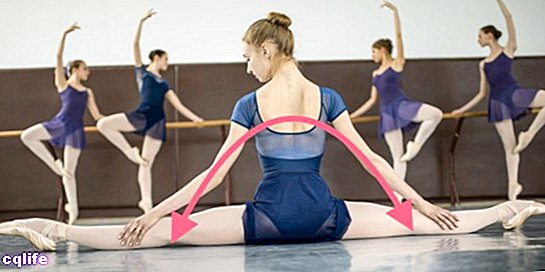We explain what a flat angle is in geometry, its characteristics and examples from everyday life. Also, other types of angles.
The sides of a straight angle are two continuous rays that intersect at the vertex.What is a straight angle?
In geometry, it is called angles flat to those that have a measure of amplitude exactly equal to 180 ° sexagesimal (or in other units to 𝛑 radians or 200g centesimals). This means that it is a very wide angle, more than the obtuse angles, and that its sides constitute two continuous rays that intersect at the vertex.
Since the sides of the angle are two indistinguishable rays, their midpoint is considered the vertex, which is why it is common to also find that they are known as the extended angle or as the right angle.
Another way to understand it is that the rays of the sides start at the vertex and move away in opposite directions, they are interpreted as opposite orientations. That is the reason that in the speaks Every day let's say that someone "made a 180 ° turn" to mean that they radically changed their mind.
Characteristics of plain angles
Flat angles are characterized by the following:
- They have an opening of exactly 180 ° sexagesimal.
- Its sides are two rays that start at the vertex and go away in opposite directions.
- It is equal to half a full angle (or circumference) of 360 °.
- Its sides form a single straight line with the vertex at their meeting point. For that reason they are also known as "right angles".
- Sometimes they are the result of the summation of two right angles (each one of 90 ° sexagesimal).
Examples of shallow angles

Some everyday examples of shallow angles are:
- The angle a ballet dancer's legs form when extended during a jump (grand jete or stride).
- If we cut a circumference in half (a cake, for example), we will draw a line that divides it into two flat angles.
- If we force a book or notebook to open as far as possible until it is flat, we will have forced its covers to form an angle of 180 °.
- The arms of a cross draw a flat angle with respect to the trunk that supports them (two angles of 90 °, which when added together yield an angle of 180 °).
Angle types
In addition to plain angles, there are four other classifications of angles:
- Null angles, whose opening does not exceed 0 °, that is, they are non-existent.
- Acute angles, whose opening is greater than 0 ° but less than 90 ° sexagesimal.
- Right angles, whose aperture is exactly 90 ° sexagesimal.
- Obtuse angles, whose opening exceeds 90 ° sexagesimal, but is less than 180 ° of the shallow angle.
